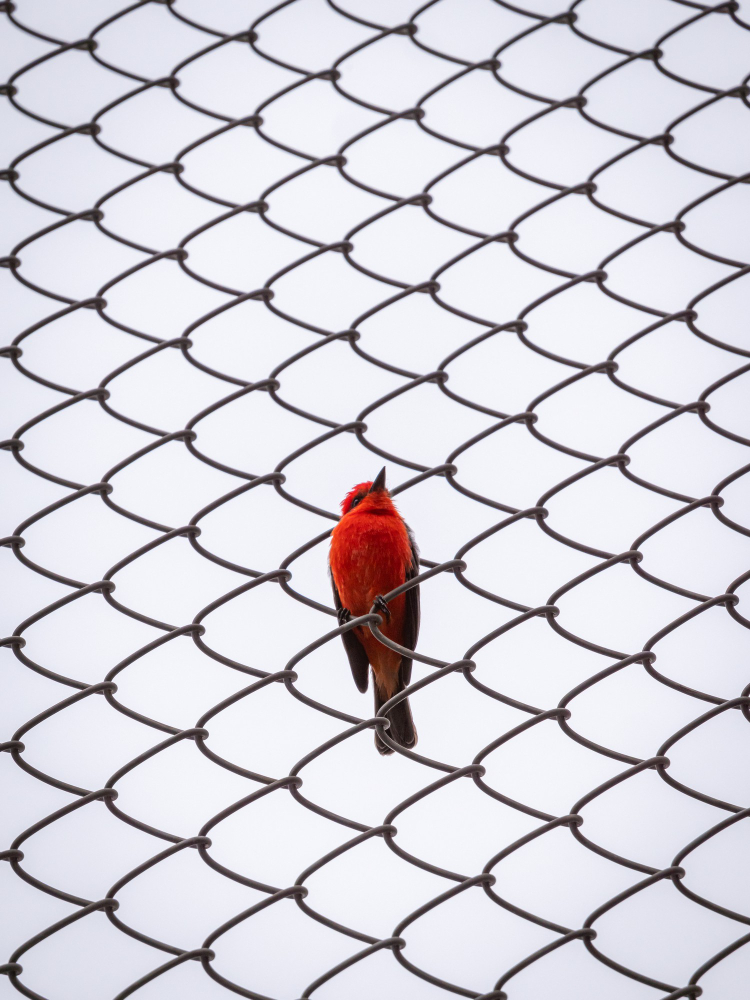Birds are beautiful creatures, but when they invade our homes, gardens, or commercial properties, they can become more than just a nuisance. Bird droppings, noise, and property damage can lead to costly repairs and health hazards. One of the most effective ways to prevent birds from perching on your property is by using plastic bird spikes. In this comprehensive guide, we’ll explore everything you need to know about plastic bird spikes—their benefits, installation, types, and tips for choosing the right product for your needs.
What Are Plastic Bird Spikes?
Plastic bird spikes are long, thin strips or panels equipped with upward-pointing spikes designed to deter birds from landing on ledges, roofs, fences, and other surfaces. Unlike metal spikes, plastic spikes are lightweight, flexible, and resistant to corrosion, making them a practical and long-lasting solution for bird control.
These spikes create a physical barrier without harming the birds, which makes them an ethical method for keeping birds away from certain areas.
How Do Plastic Bird Spikes Work?
Plastic bird spikes work by creating an uneven surface that birds cannot comfortably land on. Most birds prefer flat or smooth surfaces for perching. When they encounter a row of spikes, they are deterred by the lack of stability, which prevents them from nesting or resting in unwanted areas.
Unlike chemical repellents or noise deterrents, plastic bird spikes work passively and continuously, providing a long-term solution without requiring regular maintenance or intervention.
Benefits of Plastic Bird Spikes
Using plastic bird spikes has several advantages over other bird control methods:
- Humane Bird Control: Plastic spikes prevent birds from landing without causing injury, making them an ethical choice.
- Durable and Weather-Resistant: High-quality plastic spikes are UV-resistant and can withstand rain, snow, and extreme temperatures.
- Low Maintenance: Once installed, spikes require minimal upkeep. A simple periodic cleaning is usually sufficient.
- Cost-Effective: Plastic spikes are generally more affordable than metal alternatives while still providing reliable results.
- Easy Installation: Their lightweight design and flexible panels make installation straightforward, even in hard-to-reach areas.
- Versatile Applications: Plastic bird spikes can be installed on a variety of surfaces, including rooftops, windowsills, balconies, fences, signs, and ledges.
Common Areas to Install Plastic Bird Spikes
Plastic bird spikes can be used in both residential and commercial settings. Common areas include:
- Roof Edges and Ledges: Prevent birds like pigeons and seagulls from roosting.
- Window Sills and Balconies: Keep your home or apartment clean from droppings.
- Gutters and Drainpipes: Avoid clogs caused by nesting materials.
- Signs and Billboards: Protect your business signage from damage and droppings.
- Fences and Railings: Maintain a bird-free perimeter around your property.
Types of Plastic Bird Spikes
Plastic bird spikes come in various designs, lengths, and configurations. Choosing the right type depends on the area you want to protect and the type of birds in your region.
- Single-Row Plastic Spikes: Ideal for narrow ledges and small spaces. These spikes are easy to install and effective for common birds like pigeons and sparrows.
- Multi-Row Plastic Spikes: Provide extra coverage for wider surfaces and are useful for larger birds. Multi-row spikes create a more formidable barrier.
- Flexible Plastic Spikes: Designed to bend around curves, corners, and uneven surfaces. Flexible spikes are perfect for decorative ledges or rounded surfaces.
- Heavy-Duty Plastic Spikes: Made for commercial buildings, warehouses, or industrial areas, these spikes are designed to withstand harsher conditions and larger birds.
Installation Guide for Plastic Bird Spikes
Installing plastic bird spikes is relatively easy if you follow the correct steps:
- Measure the Area: Determine the length of the ledge, roof edge, or surface where you want to install spikes.
- Clean the Surface: Remove dirt, dust, and debris to ensure the adhesive or screws bond properly.
- Attach the Spikes: Depending on the type, you can either glue, nail, or screw the spikes onto the surface. Many spikes come with pre-drilled holes for screws or industrial-strength adhesive for easy attachment.
- Align Properly: Ensure spikes cover the entire surface without gaps, as birds can exploit even small openings.
- Secure and Test: Apply extra adhesive at the ends and corners if necessary. Observe the area over the next few days to ensure birds are deterred.
Tips for Choosing the Right Plastic Bird Spikes
When selecting plastic bird spikes, consider the following factors:
- Bird Type: Larger birds like crows or gulls may require longer or multi-row spikes.
- Surface Type: Flat, curved, or uneven surfaces may require flexible spikes for optimal coverage.
- Weather Conditions: UV-resistant spikes prevent discoloration and brittleness in sunny regions.
- Maintenance: Opt for spikes that are easy to clean and replace if necessary.
- Budget: While plastic spikes are generally cost-effective, investing in high-quality spikes ensures longevity and better results.
Common Myths About Plastic Bird Spikes
Despite their popularity, there are misconceptions about plastic bird spikes:
- They Harm Birds: Modern spikes are designed to be humane and prevent landing without injuring birds.
- They Are Unsightly: While metal spikes may appear harsh, plastic spikes are often transparent or less obtrusive, blending with your building design.
- They Don’t Work for All Birds: Properly installed spikes work for most perching birds, but extremely small birds may still attempt to land. Combining spikes with other deterrents can enhance effectiveness.
Alternatives and Complementary Bird Control Methods
While plastic bird spikes are highly effective, they can be even more powerful when used alongside other methods:
- Bird Netting: Useful for larger areas like gardens or courtyards.
- Ultrasonic Bird Repellers: Emit sounds that deter birds without affecting humans.
- Visual Deterrents: Reflective tape, scare balloons, or predator decoys can reinforce bird control efforts.
- Regular Cleaning: Removing nesting materials and food sources reduces bird attraction.
Environmental Benefits of Using Plastic Bird Spikes
Choosing plastic bird spikes is not just effective—it’s environmentally responsible. Unlike chemical repellents, spikes do not release toxins or harmful substances into the environment. They also reduce the need for more drastic measures, such as bird removal or trapping, which can disrupt local ecosystems.
By installing spikes, property owners can maintain bird-free areas ethically while promoting coexistence in surrounding natural habitats.
Frequently Asked Questions (FAQs) About Plastic Bird Spikes
Q1: Can plastic bird spikes stop all birds?
Plastic spikes are effective against most perching birds, including pigeons, sparrows, starlings, and seagulls. Extremely small birds may occasionally land, but this is rare.
Q2: How long do plastic bird spikes last?
High-quality plastic spikes can last 5–10 years, depending on exposure to weather and UV radiation.
Q3: Can I install spikes myself?
Yes! Most spikes are designed for DIY installation. Adhesive-backed or pre-drilled spikes make the process straightforward.
Q4: Are plastic spikes visible from the ground?
Many plastic spikes are transparent or low-profile, making them less noticeable than metal alternatives.
Q5: Do spikes prevent nesting?
Absolutely. Birds cannot build nests on surfaces covered with spikes, effectively reducing infestation and damage.
Conclusion
Plastic bird spikes are a safe, effective, and affordable solution for bird control. Their durable design, ease of installation, and humane approach make them an excellent choice for both residential and commercial properties. By creating a physical barrier that prevents birds from perching and nesting, property owners can maintain clean, damage-free surfaces while ensuring ethical treatment of wildlife.

